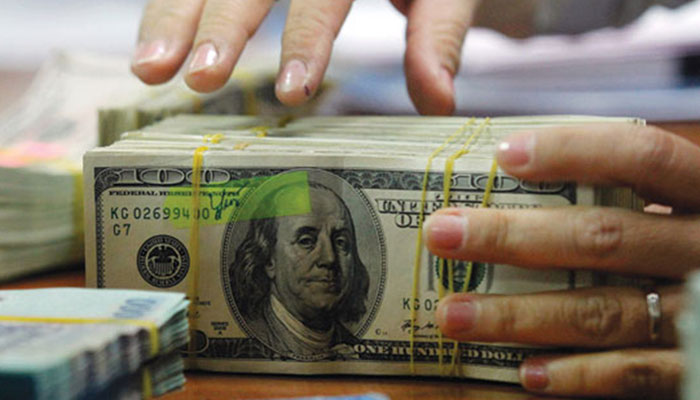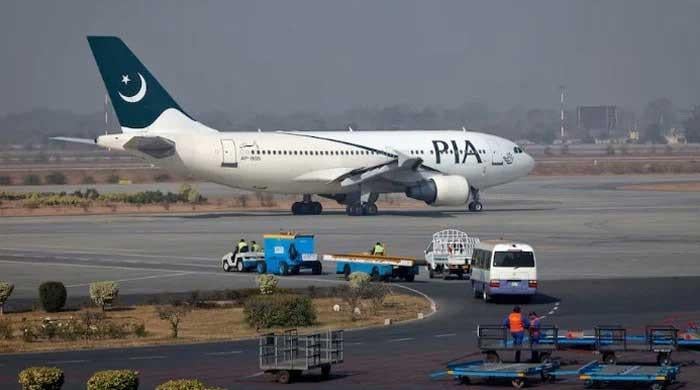Pakistan’s debt-to-GDP ratio highest in CAREC region: ADB
"Pakistan has the third-highest debt service that was 7% of the total for the CAREC region in 2020," ABD notes
March 29, 2022

- "Pakistan has the third-highest debt service that was 7% of the total for the CAREC region in 2020," ABD notes.
- All other countries except Mongolia had debt service of less than $5bn in 2020.
- ADB projects Pakistan's debt-to-GDP ratio should decrease to 64% by 2030.
ISLAMABAD: Pakistan's debt-to-GDP ratio was the highest in the region at 86% in 2019, which further increased to 88% in 2020, The News reported Tuesday, citing the Asian Development Bank (ADB).
"Pakistan has the third-highest debt service that was $15 billion or nearly 7% of the total for the CAREC (Central Asia Regional Economic Cooperation) region in 2020," an ADB report titled “COVID-19 and Economic Recovery Potential in the CAREC Region" stated.
All other countries except Mongolia had debt service of less than $5 billion in 2020.
For Pakistan, in the baseline scenario related to the accumulation of debt, the ADB assumes that the primary balance was close to zero and the historical real interest rate was 2.7%.
Based on these assumptions, ADB projected that the debt-to-GDP ratio should decrease to 64% until 2030 if the government smoothly maintains the primary balance at a level close to zero. This could be achieved if GDP growth was higher than 4.5% annually and the real interest rate does not cross the historical real interest rate value.
Read more: Political crisis pose downside risks to Pakistan's economic recovery, says finance ministry
If the historical primary balance was 3.5% of GDP and the historical real interest rate was 2.7%, the debt to-GDP ratio would increase in the case of a negative primary balance.
In this situation, 10% GDP growth was required to manage the current level of the debt-to-GDP ratio.
The Fiscal Responsibility and Debt Limitation Act (FRDL) of 60% would be achieved in 2030 with a 10% GDP growth. The report further said that Pakistan accumulated more than $10 billion in new debt during the pandemic.
The report acknowledged the State Bank of Pakistan’s (SBP) policy responses to address the economic challenges of COVID-19, such as monetary easing, facilitating new investment, macro-prudential policy measures, loan extension and restructuring, wages and salaries support to the private sector, support to the health sector, promoting digital payments, and strengthening Roshan Digital Accounts.
Read more: Pakistan's current account deficit falls 'sharply' to $0.5bn — lowest in FY22
It found that direct health cost was the highest in Pakistan (around $2,019 million) and Kazakhstan (around $900 million) compared to other countries.
A comparison of direct health costs with the gains from higher welfare levels indicates that accelerated adoption of IT could effectively offset the direct economic cost of COVID-19 in the short run. In the long run, there was a need to invest more in the health sector to ensure the availability of required vaccination infrastructure at micro-levels.
The simulation results showed that China and Pakistan gained the most from regional and global trade since the trade balance of the former increased by around $118 billion and the trade balance of the latter increased by around $4 billion. Before the current crisis, several CAREC countries had already experienced waves of debt accumulation.









